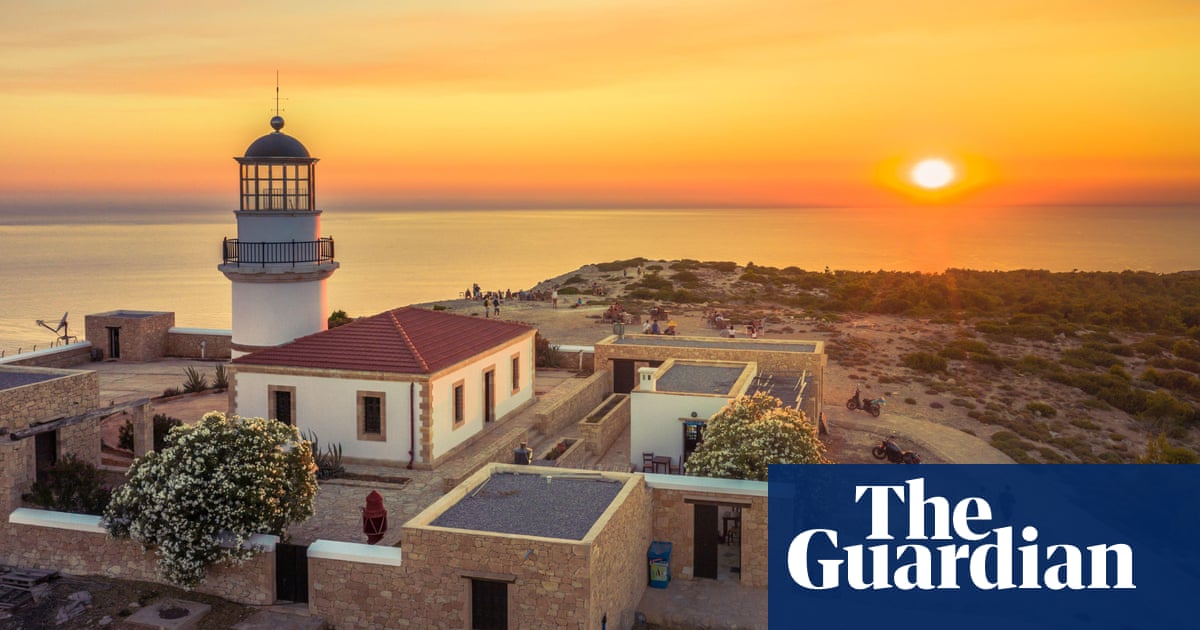Fears of a new migration route grow as more than 800 people land on Gavdos, population fewer than 70, in a few months
Even by the standards of small Greek islands, Gavdos is tiny. In a population of fewer than 70 people, there are just two families with four children. The rest “are all old people mostly living alone”, its mayor, Lilian Stefanaki, explains.
It is a micro-world that in the depths of winter is served by a single school, a bakery, two mini-markets and four kafeneia cum tavernas. The remote island – separated from the coast of Crete by frequently unpredictable waters in the Libyan Sea – is watched over by Efsevios Daskalakis, who for much of the year is its sole police officer.
But recently life on Gavdos has been a little less quiet than usual. “The weekend before last we had 150 people arrive from Libya in three very overcrowded boats,” says Stefanaki. “We’re being pushed to the limit because, firstly, there’s no infrastructure to house them on Gavdos.”
At Europe’s southernmost tip, closer to Africa than Athens, the 29-square kilometre island has emerged as the latest focal point for smugglers bent on bringing people to the west.
Greek here.
Kafeneia means coffee shops. Most definitely not cum taverns, as fun as that would be.
Cum in this case is a latin word that means “also functions as” or “along with being”.
So this sentence means they are a coffeeshop and taverna at the same time.
On an island people almost exclusively by old people living alone, I’d give even odds they’re also cum taverns
This is the best summary I could come up with:
The remote island – separated from the coast of Crete by frequently unpredictable waters in the Libyan Sea – is watched over by Efsevios Daskalakis, who for much of the year is its sole police officer.
At Europe’s southernmost tip, closer to Africa than Athens, the 29-square kilometre island has emerged as the latest focal point for smugglers bent on bringing people to the west.
Of the 9,502 men, women and children who have sought refuge in Greece since January, about 1,186 Egyptians, Pakistanis and Bangladeshis have arrived in vessels that have landed “in the vicinity” of Crete and Gavdos, according to the UN refugee agency (UNHCR).
“No country or local community should be left alone to deal with the challenge of managing flows,” says Stella Nanou, a spokesperson at UNHCR’s Athens branch.
Whereas in the past migrant boats from Libya had only stopped in Greece “by default”, it was clear the approach had changed with the country having become a destination, he told the Guardian.
“Unless stopped, we should all brace for the potential of another tragedy similar to the one off Pylos,” he says of the more than 500 men, women and children who drowned when the trawler in which they were travelling from Tobruk capsized in controversial circumstances off the southern Peloponnese last year.
The original article contains 783 words, the summary contains 217 words. Saved 72%. I’m a bot and I’m open source!





